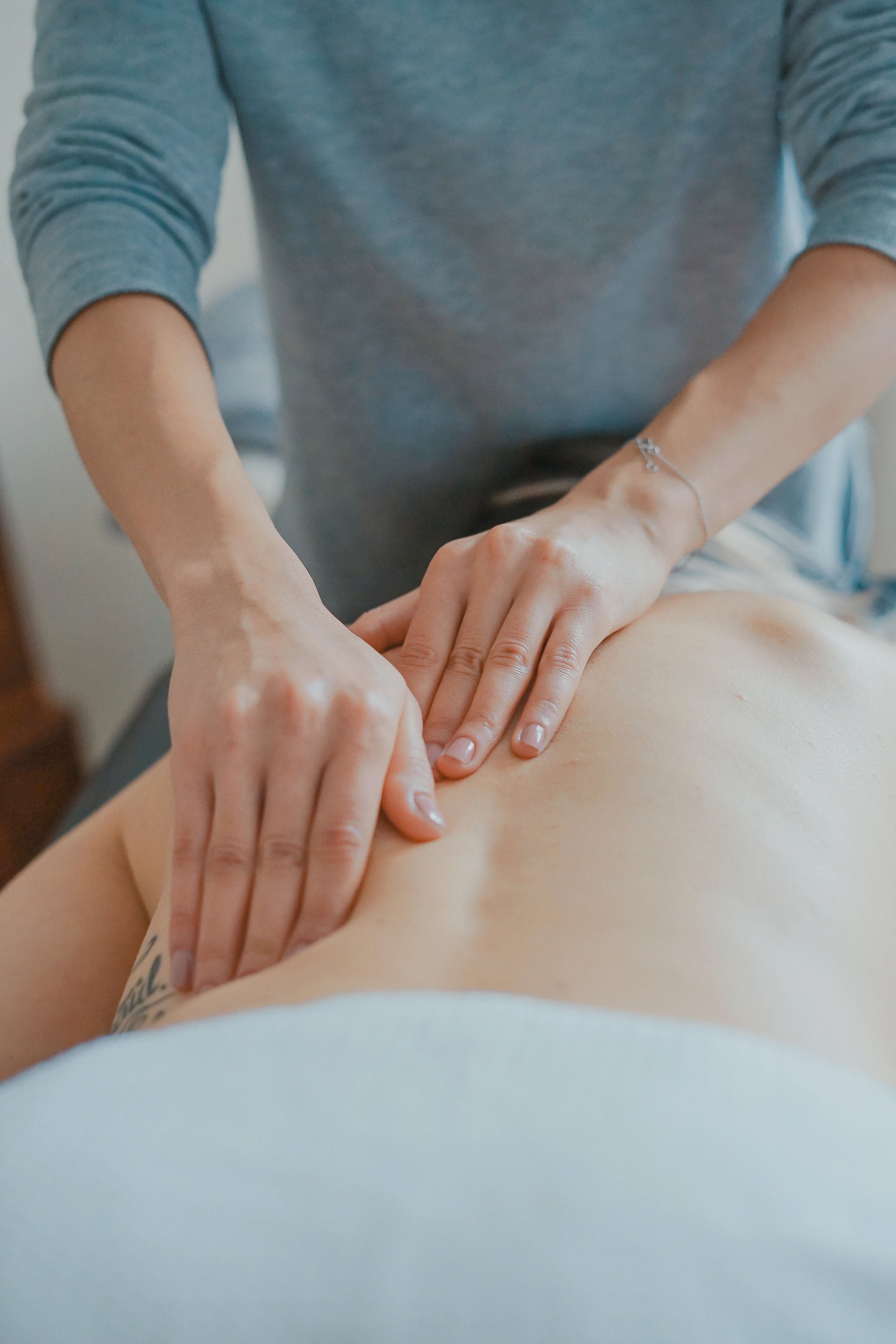The Connection Between Lumbopelvic pain and pelvic floor dysfunction
/By: Jessica Pollice, Registered Physiotherapist, Orthopedic and Pelvic Health
Have you been suffering from chronic low back pain and seen little improvement with conservative therapy? Have you noticed any changes in the pelvic region, such as pain or a feeling of pressure or heaviness, pain with sexual intercourse, urinary or fecal incontinence?
Low back pain is the most common reason why patients visit a healthcare provider.
Low back pain affects 12% of the population, with a higher prevalence of women between 40-80 years.
A recent study in 2018 examined the connection between low back pain and pelvic floor dysfunction.
The pelvic floor consists of a sling of muscles and connective tissue attached to the pelvis, and has 5 main functions:
support of the internal organs
stability of the pelvic joints
sphincter control of the urethra and rectum to maintain continence
sexual function
a sump-pump for the return of blood and lymph within the pelvic region
Dysfunction of the pelvic floor will present in one of two ways. Muscular weakness will result in decreased endurance of the muscles. Whereas overactivity of the pelvic floor muscles will result in an increase in tension and tightness. These impairments can affect the function of the pelvic floor, causing symptoms such as incontinence, pelvic pain and a sensation of pressure or heaviness in the pelvic area. The pelvic floor muscles may also play a role in managing intra-abdominal pressure, by supporting the transfer of loads during functional movement.
This 2018 study examined the prevalence and characteristics of pelvic floor muscle function among women who have lumbopelvic pain.
A total of 85 subjects were examined in the study. Of these 85 participants:
95.3% have a form of pelvic floor dysfunction based on an internal digital examination
70.6% of the subjects had pelvic floor tenderness on palpation
65.9% had pelvic floor weakness
41.2% had a pelvic organ prolapse
Furthermore, 83.5% had one or more reported conditions of pelvic floor dysfunction. This study showed that in women with lumbopelvic pain, a high proportion of the participants have a pelvic floor dysfunction.
Common physiotherapy approaches for lumbopelvic pain include strengthening the inner unit muscles - the inner abdominals, low back muscles and the pelvic floor, to emphasize stability training. Pelvic Health Physiotherapy can aid in healing pelvic pain, incontinence, prolapse and lumbopelvic pain by assessing and treating pelvic floor dysfunction, ensuring accuracy of the pelvic floor exercises.
Interested in trying pelvic health physiotherapy to get rid of your lumbopelvic pain, pelvic pain, or incontinence? Click here to book an appointment with our Pelvic Health Physiotherapist.

